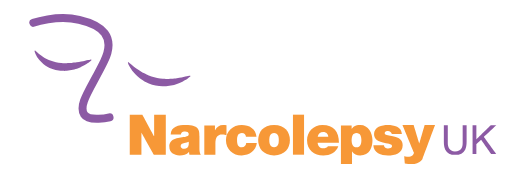As there is no cure for narcolepsy at present, the medication that is prescribed for the treatment of narcolepsy aims to control the major symptoms of the condition, particularly excessive daytime sleepiness and cataplexy. The treatment of idiopathic hypersomnia (IH) often involves many of the same medications.
Some people with narcolepsy are prescribed only one medicine, but for many the best results are obtained using a combination of two or more different drugs. What works best for one patient does not necessarily also work best for another, and you and your doctor will need to work together to find the treatment that is most suitable for you. Following your diagnosis, it is very common to try several different drugs or combinations of drugs before settling on the optimal treatment regime. Similarly, it may take some time to work out the best dose of each drug.
Some of the drugs that are used are licensed for the treatment of one or more symptoms of narcolepsy. Others are not licensed for that use but, because there is evidence that they are effective, they can nonetheless be prescribed by a specialist physician. Many of the medications for narcolepsy are “shared care” drugs, where the consultant/specialist and GP share the monitoring of the drug.
In this resource article, we list many of the medications most commonly used to treat narcolepsy. For many of these, you can find more information by following the link to our webpage devoted specifically to that drug, where in many cases you will also find links to the relevant British National Formulary (BNF) page on the website of NICE, the National Institute for Health and Care Excellence, and – where available – to the relevant Patient Information Leaflet produced by The Pharmacy Department at Guy’s and St Thomas’ Hospital for their patients.
Drugs for the treatment of excessive daytime sleepiness (EDS)
The drugs used for the treatment of excessive daytime sleepiness are generally “stimulants” and wake-promoting drugs that increase alertness and reduce excessive sleepiness during the day. Sodium oxybate and pitolisant are specialist medications with a different mode of action and are dealt with separately below.
- Modafinil
- Methylphenidate hydrochloride (or just methylphenidate)
- Dexamfetamine sulfate (also spelled dexamphetamine sulphate, usually just called dexamfetamine)
- Lisdexamfetamine mesilate
- Solriamfetol
Drugs for the treatment of cataplexy
The drugs used for the treatment of cataplexy include a number that are most commonly used as anti-depressants (though that is not why they are used to treat narcolepsy).
- Fluoxetine (also referred to as fluoxetine hydrochloride)
- Venlafaxine
- Clomipramine
- Other antidepressants
Specialist medication
There are two specialist medications that are licensed for the treatment of narcolepsy and/or cataplexy. Both sodium oxybate and pitolisant are currently protected by patents, so they are expensive and much harder to access than other medications.
Side effects
As with any medication, the drugs used to treat narcolepsy can have side-effects. These can take many forms. They may be relatively minor, such as mild headaches or a dry mouth, or much more serious, such as anxiety or depression. You should check the Patient Information Leaflet (PIL) in the packaging of your medication for more details and if you experience any of these side-effects (or any not on the PIL) you should consult your doctor or pharmacist.
You can also report side effects directly via the Yellow Card Scheme. By reporting side effects, you can help improve the safety of this medicine.
